 31
31 A list of ordered pairs may or may not represent a function.
The six ordered pairs are: .The ordered pair is a function.
.The ordered pair is a function.(a) The ordered pair
Let x represent the number of folds, and y represent the thickness.
So, the first ordered pair is:

When x increases by 1, the value of y gets doubled.
So, the six ordered pairs are:

(b) Is the ordered pair, a function
In (a), we have:
Every x value has a different corresponding y value.
This means that the ordered pair is a function.
Read more about functions and relations at:
link
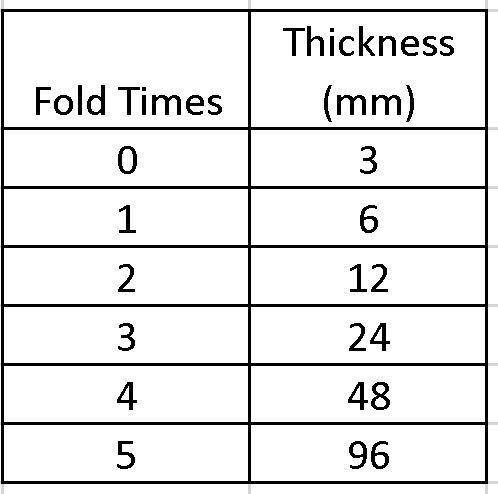
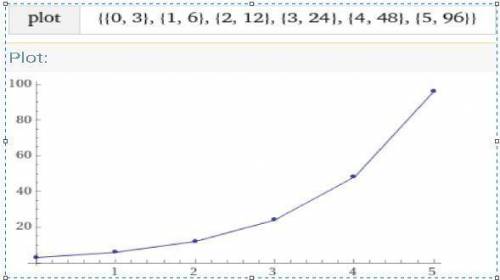
 13
13 A) The table can be written as such:
Folds | Thickness (mm)
0 | 1
1 | 2
2 | 4
3 | 16
4 | 32
5 | 64
6 | 128
One would come to find this ordered pairs because as the paper gets folded each time, the thickness will start accumulating over time. Let's look at the first fold, now the entire paper has a thickness of 2 mm, with the next fold, we add 2 + 2 (which can be represented by 2^2) and we get 4 mm, then we fold again (4^2) and we get 8 mm and so on.
B) Yes, the relation is a function, an exponential function to be precise, since according to the amount of folds done to the paper, it will exponentially get thicker as the 1 mm stacks over and over on top of each layer.
3,6,9,12,15,18
Step-by-step explanation:
How I came up with this ordered pair is taking the multiples of three this relation is a function, because it is asking to list six ordered pairs showing the output of the thickness of the paper that he folds. The way that I came up with the ordered pairs in Part A is because you have to take the multiples of three or you could just take 6 and multiple it by 3 and you would get the same answer.
And for B, this relation is not a function because the second set of numbers are not increasing by a fixed rate.
 7
7  16
16 A.
1: 6mm
2: 12mm
3: 24mm
4: 48mm
5: 96mm
6: 192mm
By multiplying the previous thickness by 2
B.
Yes the relation is a function.
6 * 2^(x-1), where x is number of times folder.
Step-by-step explanation:

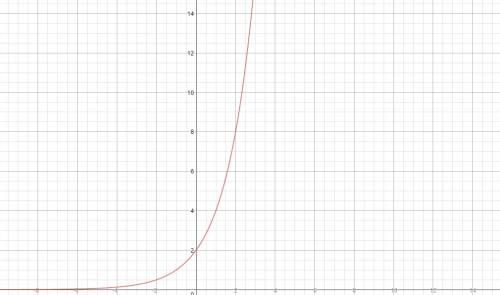
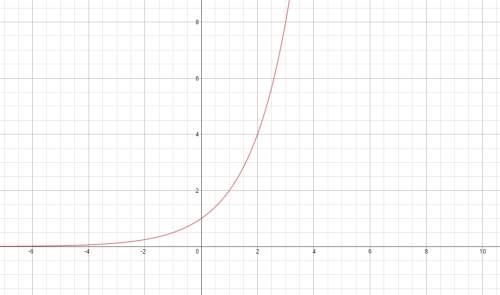
A. Given,
The initial thickness of paper = 3 mm,
Also, the thickness of the paper is doubled in each fold,
In first fold,
The thickness of the paper = 2(3) mm
In second fold =  mm
mm
In third fold =  mm
mm
.......so on...
So, the thickness of the paper after x folds,
 (if y represents the thickness of paper ( in mm ) after x folds)
(if y represents the thickness of paper ( in mm ) after x folds)
If x = 1, 2, 3, 4, 5, 6
y = 6, 12, 24, 48, 96, 192
Hence, the order pairs that shows the given situations are,
(1, 6), (2, 12), (3, 24), (4, 48), (5, 96), (6, 192)
B. A relation is called function if there is only one output for each input,
Here, for each values of x there is a different value of y,
Hence, the relation in numbers of fold and thickness of the paper is a function.
The answer is in the image
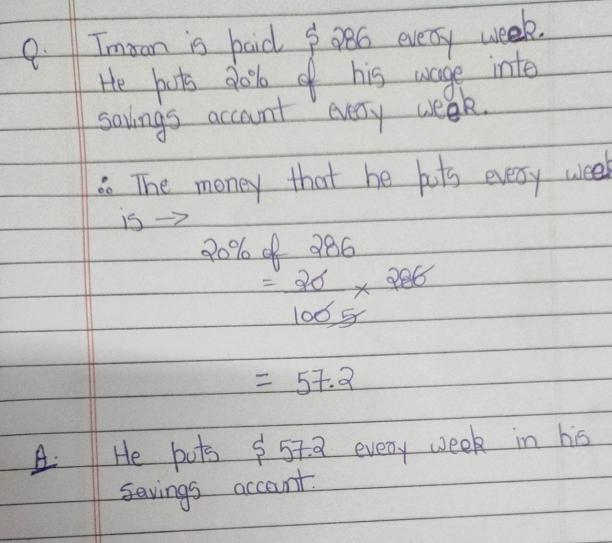
The answer is in the image
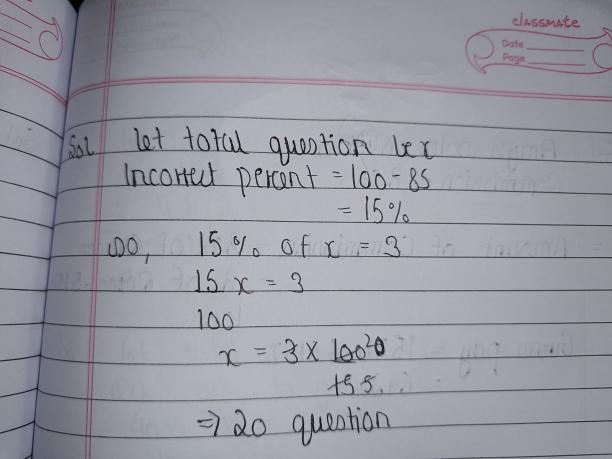

It will provide an instant answer!
